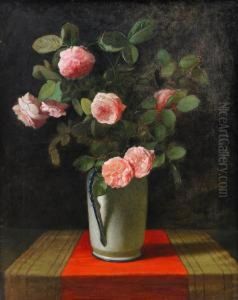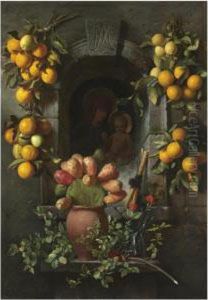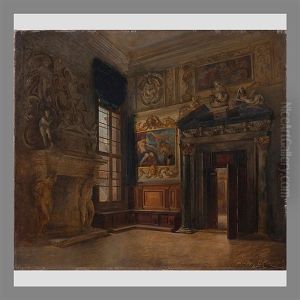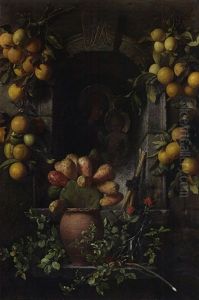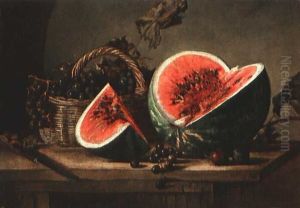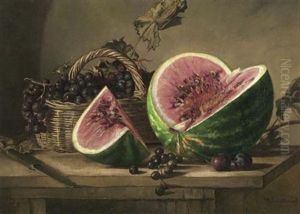Vladimir Dimitrievich Sverchkov Paintings
Vladimir Dimitrievich Sverchkov was a prominent Russian painter, born on July 25, 1817, in Moscow. He is best known for his depictions of horses and genre scenes involving Russian peasants and countryside life. Sverchkov's work is significant for its portrayal of the rural Russian landscape and the lives of common people during the 19th century, a period of great change and emancipation in Russia.
Sverchkov grew up in an era when Russian art was beginning to establish its national identity. He studied at the Moscow School of Painting, Sculpture, and Architecture, where he was influenced by Romanticism and Russian Realism, particularly the works of artists like Alexei Venetsianov, who was also known for his pastoral scenes.
Throughout his career, Sverchkov maintained a focus on equine art, earning him the nickname 'the horse painter'. His paintings often featured scenes from Russian country life, including horse fairs, stables, and peasant festivals. This subject matter was well-received in a society that valued the rural peasantry as the backbone of the nation. He was appreciated for his ability to capture the movement and anatomy of horses, as well as the everyday life of people who worked with them.
Sverchkov's work was recognized by his contemporaries, and he became a member of the Imperial Academy of Arts. He was also awarded the title of Academician for his contributions to Russian art. His paintings were popular not only in Russia but also abroad, and he participated in numerous exhibitions, solidifying his reputation as a leading artist of his time.
Vladimir Dimitrievich Sverchkov passed away on March 30, 1899. Today, his work remains an essential part of Russian cultural heritage and can be found in various museums and private collections. His contribution to the genre of animal painting and his portrayal of 19th-century Russian rural life continue to be celebrated by art historians and enthusiasts alike.
